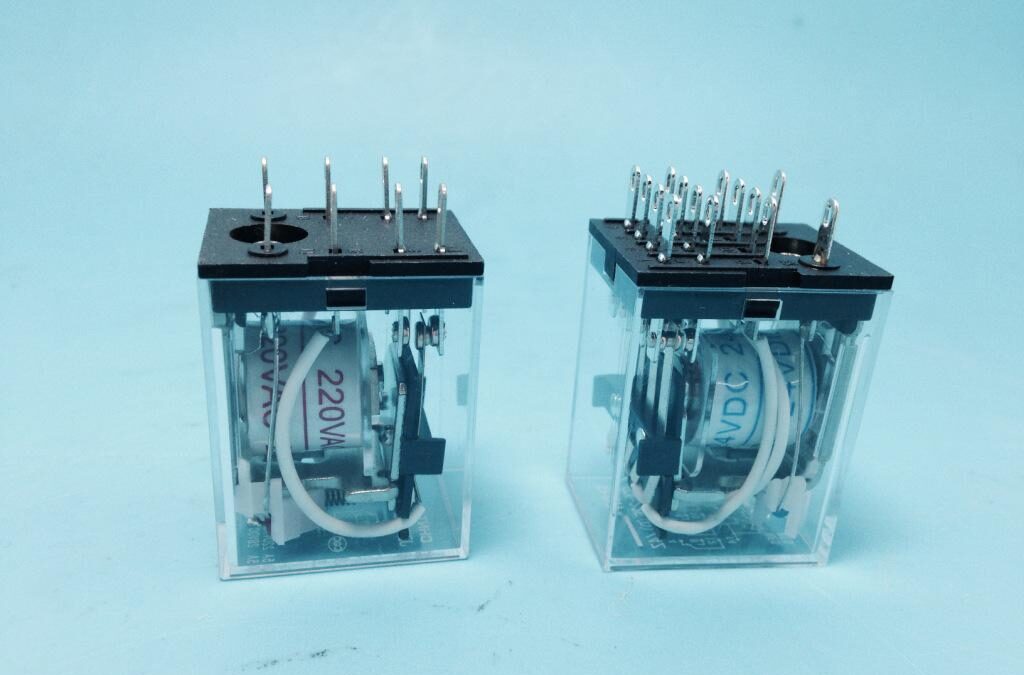The difference between FET and thyristor
Both FETs and thyristors are switching devices commonly used in electronic circuits, but there are essential differences between the two. Field effect transistors include junction field effect transistors JFET and metal-oxide semiconductor field effect transistors MOSFET. The thyristor generally refers to a thyristor, and the thyristor can be divided into a unidirectional thyristor SCR and a bidirectional thyristor Triac according to the conduction direction.
The MOSFET has three electrodes, namely the gate G, the source S and the drain D. The gate G is the control terminal, and the source S and the drain D are the output terminals. From the aspect of semiconductor structure, it can be divided into NMOS and PMOS. The substrate of PMOS is an N-type semiconductor. When VGS<0, a P-channel will be formed, so it is called P-channel MOS; while the substrate of NMOS is a P-type semiconductor, when VGS>0, an N-channel will be formed. So it is called N-channel MOS.
The MOS tube is a voltage-driven device, mainly used for controllable rectification, power switching, signal amplification, etc., and has a wide range of applications. The channel of the MOS tube depends on the level of VGS. For NMOS, when VGS>0, NMOS is turned on, otherwise NMOS is turned off; for PMOS, VGS<0, PMOS is turned on, otherwise it is turned off.
Popular ic chip you may need:
U217B
STK4141II
SLA2402MS
M5218AL


